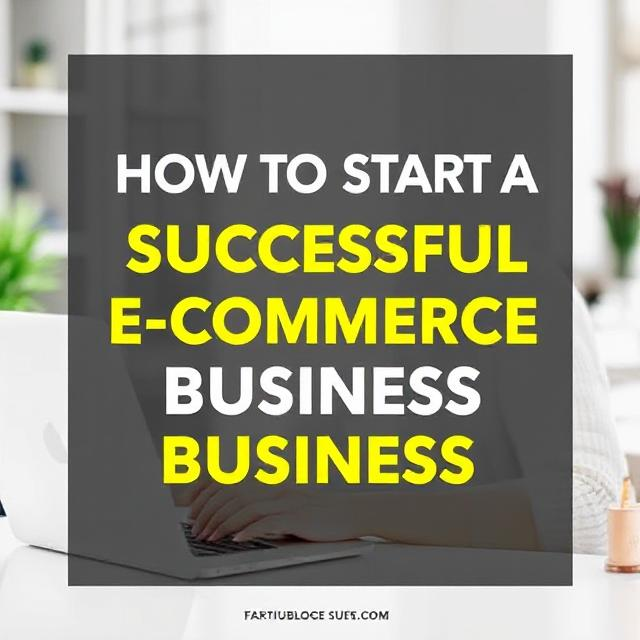The Future Of E-Commerce: Trends And Strategies For 2025
The e-commerce landscape is evolving rapidly, driven by technological advancements and changing consumer behaviors. As we move into 2025, businesses must stay ahead of emerging trends and adopt new strategies to remain competitive. Here’s a look at the future of e-commerce and the key trends shaping the industry. Emerging E-Commerce Trends in 2025 1. AI-Powered Personalization Artificial intelligence (AI) is revolutionizing e-commerce by providing personalized shopping experiences. AI-driven recommendation engines analyze customer behavior to offer tailored product suggestions, enhancing engagement and increasing conversions. 2. Voice Commerce and Smart Assistants Voice search is gaining traction, with smart assistants like Alexa and Google Assistant facilitating hands-free shopping. Optimizing product listings for voice search will be crucial for e-commerce success in 2025. 3. Augmented Reality (AR) Shopping Experiences AR technology allows customers to visualize products in real-world environments before purchasing. From virtual try-ons for fashion to 3D previews of furniture, AR enhances customer confidence and reduces return rates. 4. Social Commerce Expansion Social media platforms are becoming key e-commerce channels. With integrated shopping features on Instagram, TikTok, and Facebook, brands can reach and convert customers directly within these platforms. 5. Sustainable and Ethical Shopping Consumers are increasingly prioritizing sustainability. E-commerce brands will need to adopt eco-friendly practices, such as carbon-neutral shipping, biodegradable packaging, and transparent sourcing. 6. Subscription-Based Business Models Subscription services are growing in popularity, providing businesses with recurring revenue streams while offering consumers convenience and value. 7. Cryptocurrency and Digital Wallets As digital currencies gain mainstream acceptance, e-commerce businesses will need to integrate cryptocurrency payments alongside traditional digital wallets like Apple Pay and Google Pay. 8. Faster and More Flexible Shipping Options With the demand for same-day and next-day delivery rising, logistics and fulfillment strategies will focus on speed, efficiency, and convenience, including drone deliveries and autonomous delivery vehicles. Strategies for E-Commerce Success in 2025 1. Optimize for Mobile Commerce With mobile commerce dominating online sales, businesses must ensure their websites are mobile-friendly, fast-loading, and offer seamless navigation. 2. Leverage AI for Customer Insights AI-driven analytics can help businesses understand customer preferences, predict trends, and optimize pricing strategies to maximize revenue. 3. Invest in Omnichannel Retailing A seamless shopping experience across multiple touchpoints—website, mobile app, social media, and physical stores—will be essential for retaining customers. 4. Strengthen Cybersecurity Measures As cyber threats increase, businesses must implement robust security measures, such as multi-factor authentication and blockchain technology, to protect customer data. 5. Utilize Influencer and Affiliate Marketing Partnering with influencers and affiliate marketers can expand brand reach and drive sales through authentic, trust-based recommendations. 6. Enhance Customer Service with Chatbots AI-powered chatbots can provide instant support, answer common queries, and assist in the purchase process, improving customer satisfaction. 7. Implement Loyalty and Rewards Programs Encouraging repeat purchases through exclusive discounts, rewards, and VIP memberships can boost customer retention.















